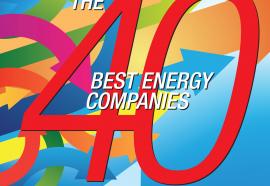Cheap Gas Forever?
Submitted by meacott on Wed, 2011-09-28 18:03When NYMEX closed on Tuesday, Sept. 27, Henry Hub natural gas spot prices were $3.92 per MMBtu. 24 months earlier in June 2009, the same spot prices ranged between $3.50 and $4.20 per MMBtu. Other than seasonal spikes due to increased heating demand, there has been a prolonged period of cheap natural gas. Even though natural gas prices have been slowly rising over the past few years, the industry has been wondering whether natural gas prices will ever rebound to the historical levels seen between 2006 and 2008.









